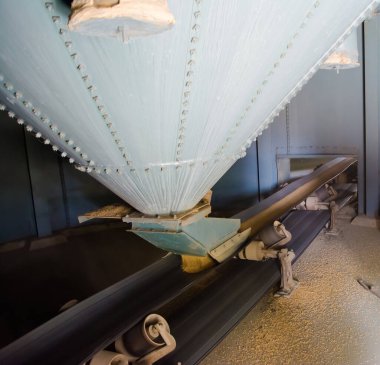As reported by UpKeep in their article “Conveyor System,” a conveyor system is a crucial collection of mechanical components that facilitate the movement of materials in various industries, from industrial processing plants to warehousing and freight handling.
Production processes demand precision and efficiency, and to meet these requirements, new technologies continuously evolve to keep pace with manufacturing demands. Among the key equipment found in production lines are conveyor belts and conveyor systems.
Conveyor systems typically comprise a belt and a rotating component such as a roller, sprocket, or motorized rotor. The material or product to be transported rests on top of the belt, which moves continuously due to the rotating motion of the components. This movement facilitates the seamless transportation of goods within a designated area.
Different types of conveyors cater to diverse industrial applications, with considerations such as load capacity, movement rate, and distance between points influencing the design process. Belt conveyors, for instance, utilize belts made from various materials like rubber, plastic, or metal, configured into a continuous loop with pulleys at both ends. These conveyors efficiently move materials horizontally or at inclined angles, contributing to streamlined production processes.
Click here to learn more about May Conveyor’s capabilities or products.
Article with all rights reserved, courtesy of upkeep.com
Photo with all rights reserved, courtesy of depositphotos.com








